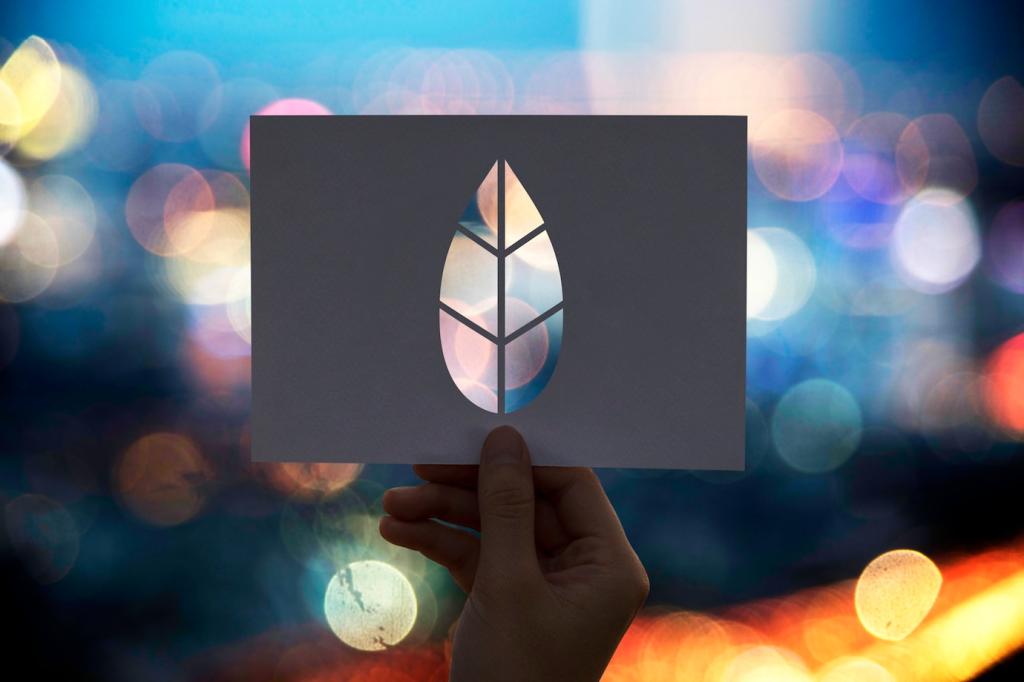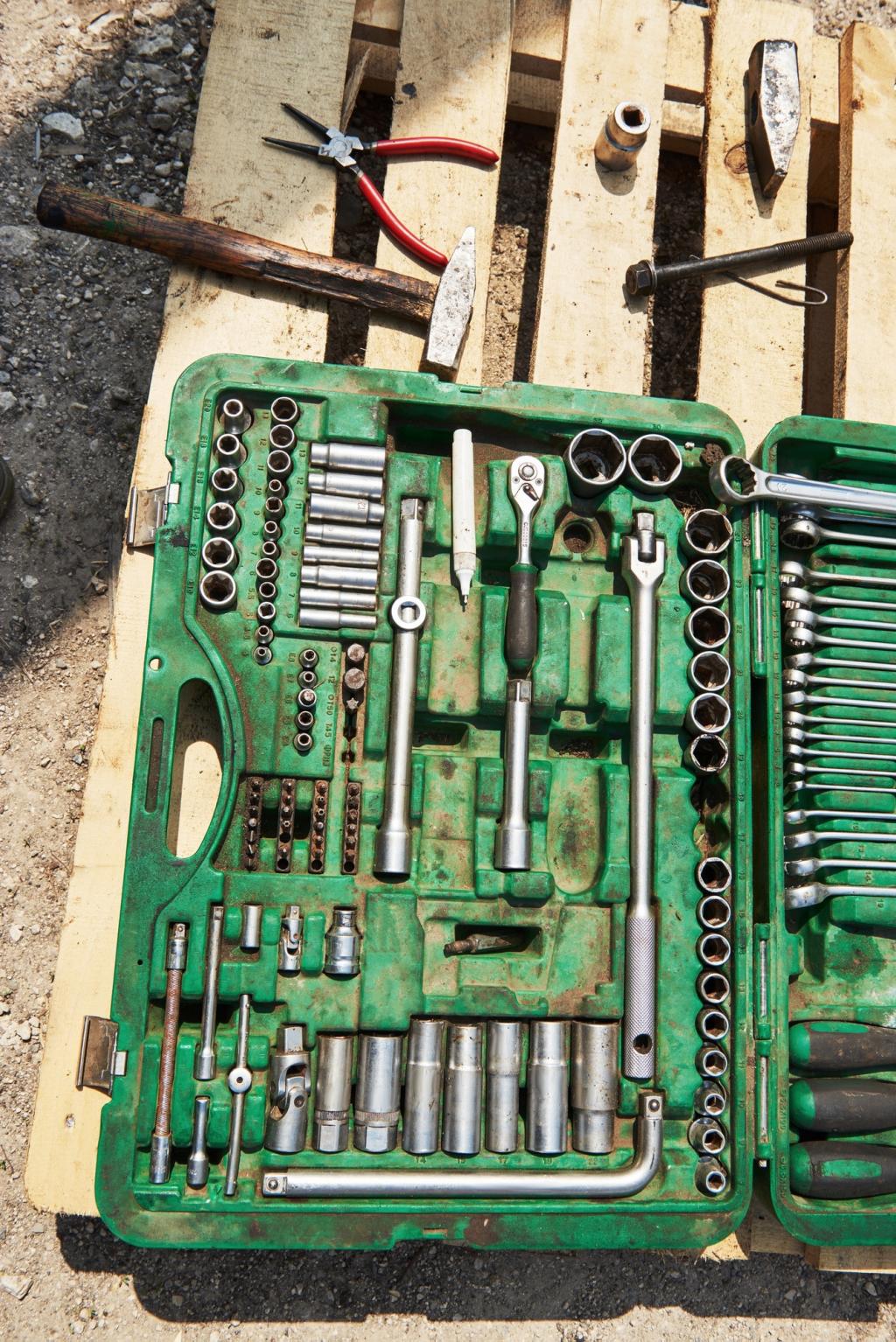Stories from the Workshop
A cedar chest, greyed by time, brightened again with beeswax and walnut oil. As the wax warmed under the cloth, the wood’s citrusy scent returned, carrying family letters, summer blankets, and a rush of memories right back into the room.
Stories from the Workshop
Polishing a vintage bike with a carnauba blend lifted road grime and softened stubborn smudges. The brushed metal gained depth, the leather saddle relaxed, and a simple evening tune-up ended with a neighborhood ride and spontaneous high-fives.






